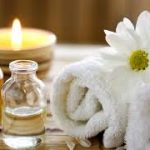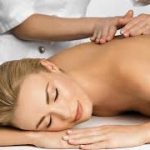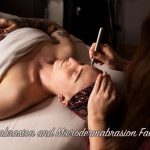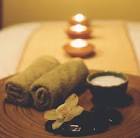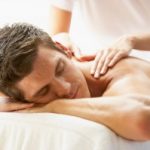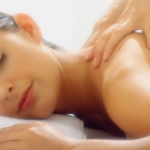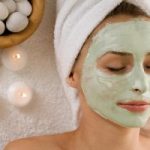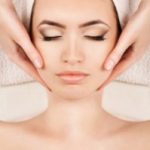What Is Microdermabrasion?
Microdermabrasion, also known as microderm, is one of the easiest and most effective anti-aging treatments you can get. Its benefits are many: microderm softens fine lines and wrinkles, helps to smooth coarsely textured skin, decreases the appearance of scarring, and reduces superficial hyper-pigmentation, also known as age spots.
Microdermabrasion also makes it easier for high-tech skin care products to penetrate into the deeper layers of the skin and help build collagen, which gives skin its youthful appearance.
How does Microdermabrasion work?
Microderm works by removing the uppermost layer of dead skin cells from the face, chest and hands. True microdermabrasion is usually done in a day spa, medical spa or specialized skin care studio. It gives results you can’t achieve with a home microdermabrasion kit, which is basically a scrub for the face that is often too abrasive and can even irritate skin.
What is a facial?
A facial is a procedure involving a variety of skin treatments, including: steam, exfoliation, extraction, creams, lotions, facial masks, peels, and massage.
What is a lactic acid peel?
Lactic acid peels are just one type of chemical peel, but they are preferred by many — again, because of lactic acid’s reputation as a gentler alpha hydroxy acid (an organic acid containing a hydroxyl group bonded to the carbon atom adjacent to the carboxylic acid group. A number of such compounds are used in skin-care preparations for their exfoliating properties). You can use peels to improve wrinkles, some types of acne and discolorations on your skin. Lactic acid isn’t a cure-all — it won’t suddenly remove your deepest wrinkles, and it can’t stop you from aging. But over time, it can smooth the tone and condition of your face and reduce or remove mild marks and scars
How does waxing work?
Waxing is a form of semi-permanent hair removal which removes the hair from the root. New hair will not grow back in the previously waxed area for four to six weeks, although some people will start to see regrowth in only a week due to some of their hair being on a different growth cycle. Almost any area of the body can be waxed, including eyebrows, face, pubic area (called bikini waxing), legs, arms, back, abdomen and feet. There are many types of waxing suitable for removing unwanted hair.
What kind of wax do you use?
Strip waxing (soft wax) is accomplished by spreading a wax thinly over the skin. A cloth or paper strip is applied and pressed firmly, adhering the strip to the wax and the wax to the skin. The strip is then quickly ripped against the direction of hair growth, as parallel as possible to the skin to avoid trauma to the skin (i.e, bruising, broken capillaries, ingrown hairs caused by hair follicle trauma and lifting of skin). This removes the wax along with the hair.
What are the benefits of waxing?
There are many benefits to waxing versus other forms of hair removal. It is an effective method to remove large amounts of hair at one time. It is a long-lasting method. Hair in waxed areas will not grow back for two to eight weeks. When hair is shaved or removed by depilatory cream, the hair is removed at the surface rather than the root. Within a few days, the hair can be seen at the surface. With these methods, hair tends to grow back in a rough stubble. Areas that are repeatedly waxed over long periods of time often exhibit regrowth that is softer.
What are the drawbacks of waxing?
Waxing can be painful when the strip is removed from the skin. Although the pain is not long-lasting, it can be intense, particularly in sensitive areas. Another drawback to waxing is the expense: waxing is usually performed by a licensed esthetician, and in some cases the cost can be high, depending on the area waxed and the number of sittings required. There are do-it-yourself waxing supplies, but they may be difficult to use on oneself on some areas on the body.

